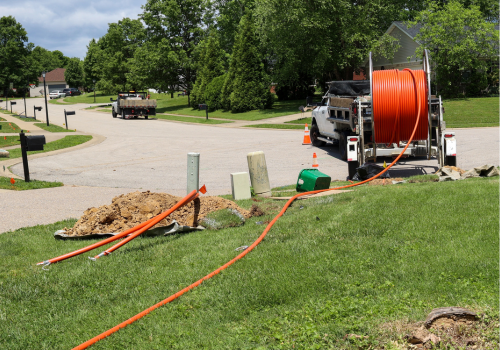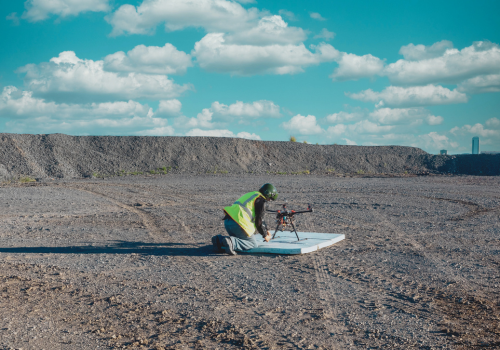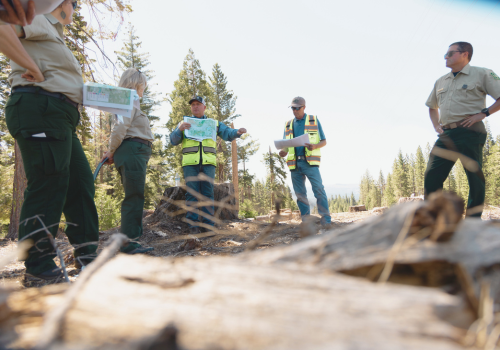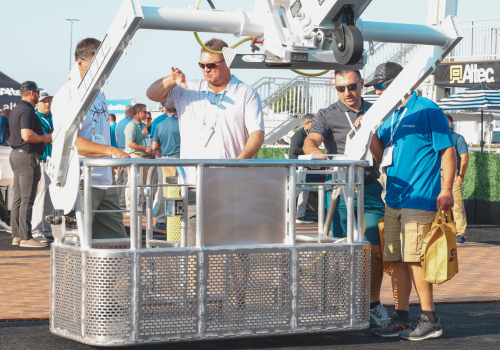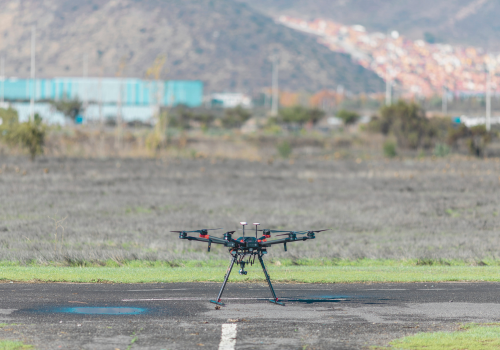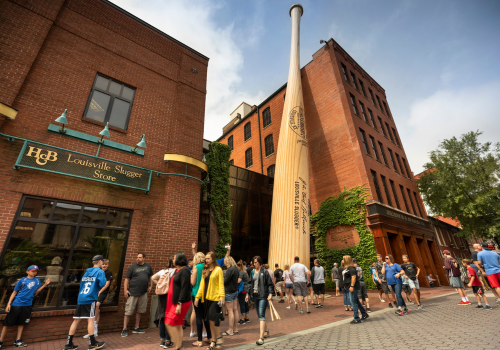The number of municipal broadband networks in the U.S. is growing fast (450 as of January 2024), with 47 new networks coming online since 2021. For many municipalities, the pandemic highlighted the digital divide and importance of high-speed internet connections. However, it was nearly 14 years prior when Chattanooga, and EPB, the city-owned electric provider, had the foresight to envision a city with affordable high-speed internet service for every home and business.
Katie Espeseth, now Vice President of New Products for EPB, was on the ground floor of the efforts to build a 9,000-mile fiber network for Chattanooga in 2008. Two years later, Chattanooga would become known as Gig City,” the first city in the Western Hemisphere to offer 1 gigabit-per-second fiber internet service to all of its residents and businesses.
EPB provides energy and fiber optic services to 180,000 customers across a 600-square mile-footprint. The electric business unit owns the fiber and the communications division leases from the electric business. The electric business unit also provides approximately 30 carriers with last-mile services.
Improving quality of life
According to Espeseth, expansion into fiber fulfilled EPB’s mission to improve the quality of life for its customers. “We knew we needed to find a different way to improve the quality of life for the folks in Chattanooga,” says Espeseth. “We realized that to bring business and good, better-paying jobs to our community, there are two things that site selectors rank high on their list: electric service reliability and access to high-speed internet.
A smart-grid grant accelerated the timeline for completion of the fiber optic network from 10 years to 2 years. Building a fiber optic network and applying communications to the grid not only gave customers more reliable power and reduced outages, but it also enabled the utility to offer advanced broadband services that were not previously available. “Fiber is really the only technology that is foundational to be able to do both of those things,” says Espeseth.
Building the network
Due to the accelerated timeline, EPB relied on contractors to build 9,000 miles of fiber optic network in just two years, managing the crews internally. Following EPB’s electric grid, fiber optics were installed in the same way as the power lines, overhead where overhead lines existed, and underground if power was running underground.
Return on fiber investment
The fiber network has exceeded expectations for Chattanooga. A 2021 research study found the fiber network, which was built for $280 million, resulted in a $2.69 billion economic benefit to the community during its first ten years. One of the ways it contributes is by reducing the cost of power outages, which total about $100 million per year for a city Chattanooga’s size, according to an outside estimate. “Our goal was about a 30% reduction in power outages at the end of 10 years,” says Espeseth. “We can now document up to 55% reduction in power outages and outage duration annually.”
The study also revealed that the fiber optic infrastructure directly supported the creation and retention of 9,516 jobs or about 40% of all jobs created in Hamilton County during the study period.
While EPB initially set out to achieve a 35% take rate on communications, they now have a market share of 70%. Chattanooga has continued to improve its offerings to attract technology-driven businesses. By 2015, the city reached 10 gigabit speeds. Today Espeseth says EPB is the only 100% fiber provider with symmetrical upload and download speed. Residential customers can choose speeds ranging from 300 Mbps for $57.99 to 25 Gbps for $1,500.00 per month.
Staying on the leading edge of technology
Chattanooga’s latest investment in technology is the first industry-led, commercially available quantum network. This separate fiber optic network allows companies and individuals to test quantum applications and equipment in an established fiber optic environment. Following 10 years and $180 million in joint energy-related research with Oak Ridge National Laboratory (ORNL), EPB and ORNL announced the new Collaborative for Energy Resilience and Quantum Science (CERQS). The collaboration will leverage Chattanooga’s highly advanced and integrated energy and communications infrastructure to develop technologies and best practices for enhancing resilience and grid security while accelerating the commercialization of quantum technologies.
Funding fuels fiber’s growth
The pandemic increased awareness of how important broadband is to the way we live. According to U.S. Census data in 2024, the internet is accessible to nearly 95% of the United States population. Spurring interest in fiber optics development is funding available through the Infrastructure Investment and Jobs Act (IIJA) of 2021. The legislature authorized $65 billion for broadband, including $43 billion for grant programs through the National Telecommunications and Information Administration to support broadband equity, access, and deployment.
“It really is a generational opportunity,” added Espeseth. “Broadband is now recognized as critical infrastructure and that’s fueling the growth.”
Advice for utilities considering fiber networks
Espeseth offered some advice for utilities considering building a fiber network. “We always suggest they start with their why,” says Espeseth. Whether the goal is to serve the community or to promote economic development can drive how a municipality goes about building a network.
Espeseth also recognizes that there’s no one model to fit every situation. “We wanted to be the company that serves the end-use customer,” says Espeseth, “but it’s not the only model that works.” Other options include open access and public-private partnerships.
The Wired Road network in Virginia has been in operation for over ten years and is a true public/private partnership with two service providers offering last-mile services on the network. The Wired Road is an open access, fully integrated fiber and wireless regional broadband network offering "big broadband" 100 megabit and Gigabit fiber connections and multi-megabit wireless connections in Carroll and Grayson counties and the city of Galax.
Google Fiber and the city of Huntsville, Ala. is an example of a successful public-private partnership. Launched in 2016, the partners were recognized by the Fiber Broadband Association for their collaborative initiative to increase connectivity across communities in Huntsville and spur economic development. Huntsville Utilities pioneered a Utility Lease Model where the utility aligns interests with private industry to expand fiber citywide. The Lease Model enables utilities to build or expand fiber optic networks and includes excess fiber capacity to be used by third-party tenants, like ISPs or 4G/5G mobile operators.
Espeseth’s last bit of advance is to gain support in the community for their broadband initiatives. “The more grassroots support you gain during the construction process ensures more success when you do launch,” says Espeseth. She believes utility brands have an advantage in that most are perceived to be better than communications providers.
There’s a lot to consider when developing a fiber network, but there’s also a lot to be learned from the success of Chattanooga and EPB.
Subscribe to The Utility Expo monthly newsletter to receive more industry insights like this.
Read Next
The State of Fiber Optics in the Utility Industry
Mid-Year U.S. Utility Infrastructure Outlook
St. Paul, Minnesota Prioritizes Pipe Rehabilitation - What Other Cities Can Learn


